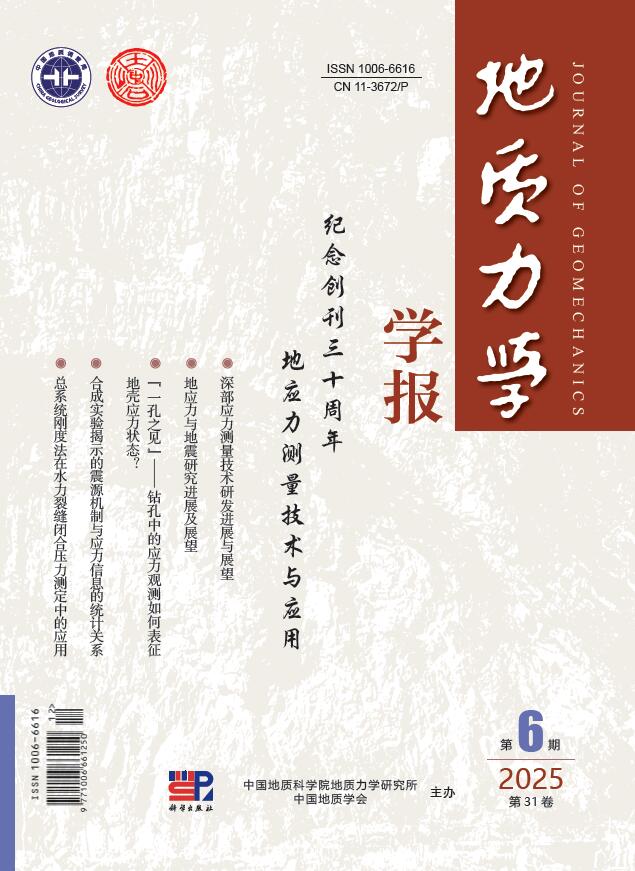2014 Vol. 20, No. 1
Display Method:
2014, 20(1): 1-15.
Abstract:
2014, 20(1): 16-24.
Abstract:
2014, 20(1): 25-35.
Abstract:
2014, 20(1): 36-47.
Abstract:
2014, 20(1): 48-60.
Abstract:
2014, 20(1): 61-69.
Abstract:
2014, 20(1): 70-81.
Abstract:
2014, 20(1): 82-93.
Abstract:
2014, 20(1): 94-102.
Abstract:



